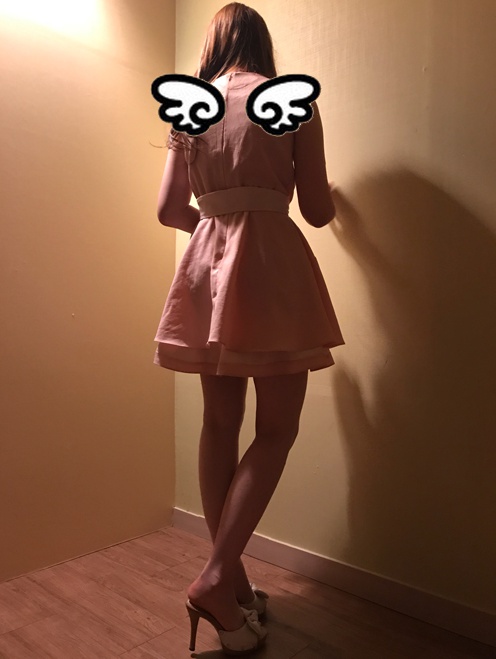Relaxation Therapy
Why is relaxation course of important?
Leisure programs, significantly in Relaxation Therapy, maintain vital significance for several causes:
- Stress Reduction: Participation in these programs helps people manage and reduce stress ranges, resulting in improved mental health.
- Enhanced Well-being: Engaging in rest methods promotes total well-being, encouraging a balanced life-style.
- Improved Focus: Regular practice of rest strategies enhances focus and productivity in every day duties.
- Physical Health Benefits: Relaxation therapy can decrease blood stress, improve sleep high quality, and cut back muscle rigidity.
Key Techniques in Relaxation Therapy
- Deep Breathing: Focusing on slow, deep breaths might help calm the mind and body.
- Progressive Muscle Relaxation: This method involves tensing after which stress-free each muscle group to alleviate physical tension.
- Meditation: Practicing mindfulness or guided meditation can improve emotional resilience and self-awareness.
- Visualization: Using imagery to create a peaceful mental setting can evoke emotions of calmness and serenity.
In abstract, leisure programs focused on Relaxation Therapy provide essential instruments for managing stress, bettering health, and enhancing general quality of life.

What are the three types of relaxation?
Relaxation therapy encompasses varied techniques to advertise psychological and bodily well-being. The three main kinds of leisure embody:
1. Physical Relaxation
This type focuses on relieving bodily pressure via strategies corresponding to deep breathing, progressive muscle relaxation, or stretching exercises. These strategies help reduce stress levels and enhance overall bodily health.
2. Mental Relaxation
Mental leisure entails calming the mind and decreasing mental stress. Techniques corresponding to meditation, mindfulness, and visualization are generally employed to create a sense of peace and readability.
3. Emotional Relaxation
This sort addresses emotional distress and promotes emotional well-being. Activities like journaling, art therapy, and talk therapy can help in processing feelings and reaching a extra balanced state.
What are the 5 steps of CBT?
Cognitive Behavioral Therapy (CBT) involves a number of steps, 대전유흥 (Csa.Sseuu.Com) significantly when incorporating relaxation therapy. Here are the key steps:
1. Assessment
Begin with assessing the person's present emotional state and determine particular issues or signs. This could involve questionnaires or discussions about ideas, feelings, and behaviors.
2. Education
Provide education about the relationship between thoughts, emotions, and behaviors. Explain how relaxation strategies may help in managing anxiety and stress.
3. Relaxation Techniques
Introduce relaxation techniques corresponding to deep respiratory, progressive muscle rest, or guided imagery. Encourage follow to reinforce the talents.
4. Cognitive Restructuring
Help people establish adverse thought patterns and challenge them. Teach tips on how to substitute these thoughts with more constructive, balanced ones, integrating relaxation strategies during this course of.
5. Practice and Application
Encourage common follow of rest strategies in real-life situations. Monitor progress and adjust strategies as essential to make sure effective coping strategies are in place.
